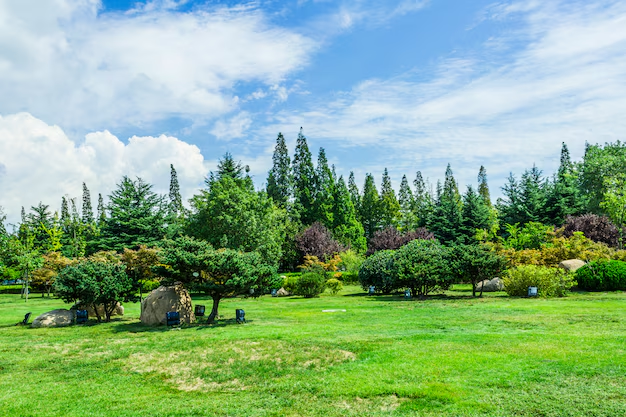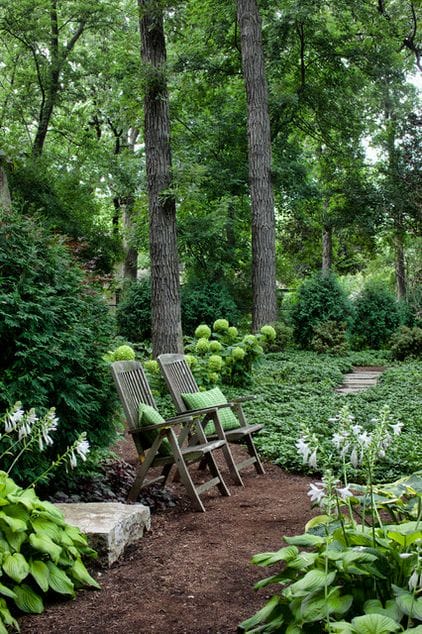Embracing ‘Forest Gardens’: A Sustainable Landscaping Trend in Austin
By Innovation Grounds
In recent years, sustainable landscaping in Austin has become more than just a trend; it’s a movement toward creating eco-friendly, low-maintenance gardens that enhance biodiversity and support local ecosystems. Among the most exciting developments in this movement is the rise of forest gardens. These natural, forest-inspired landscapes are not only beautiful but also practical, offering an innovative way to blend environmental sustainability with aesthetic appeal.
What is a Forest Garden?
A forest garden is a type of permaculture-based garden that mimics the structure of a natural forest. This design typically includes multiple layers of plants that work together to support each other, creating a self-sustaining ecosystem. The layers might include tall trees, smaller shrubs, ground covers, and even fungi, all integrated to promote biodiversity. Forest gardens are ideal for those looking to cultivate an eco-friendly garden design that requires little maintenance while providing a habitat for local wildlife.
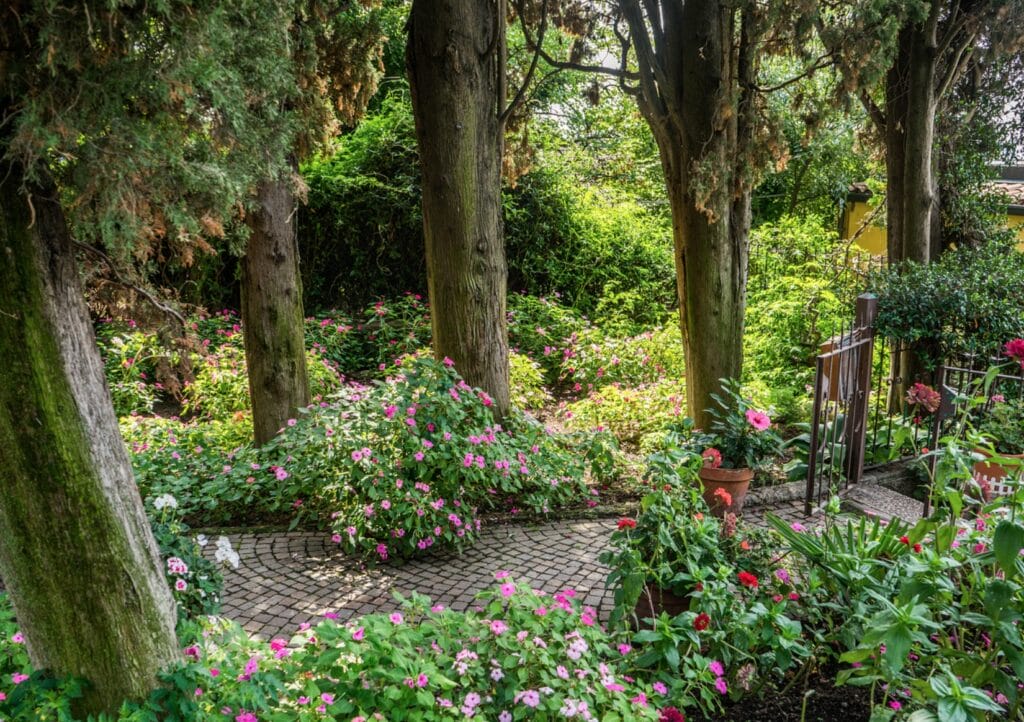
Why Choose a Forest Garden for Your Austin Landscape?
Austin’s diverse climate and environmental conditions make it an ideal location for creating a forest garden. The city’s hot summers and mild winters demand water-wise gardening solutions, and a forest garden’s layered plant structure helps retain moisture in the soil, reducing the need for constant irrigation.
Additionally, forest gardens offer a host of benefits to homeowners in Austin, including:
- Biodiversity Boost: A forest garden encourages a diverse range of plant and animal life. From native pollinators like bees and butterflies to beneficial insects that naturally control pests, a forest garden helps restore ecological balance.
- Water Conservation: By using drought-tolerant native plants and incorporating natural irrigation techniques, a forest garden can significantly reduce water consumption—something particularly important in the often-arid Texas climate.
- Reduced Lawn Maintenance: Lawns require regular mowing, fertilizing, and watering. A forest garden, on the other hand, requires much less upkeep, freeing up time and resources for homeowners.
- Year-Round Beauty: With its variety of plant species, a forest garden provides year-round interest. Whether it’s the spring blooms, the rich colors of autumn leaves, or the texture of evergreen shrubs in winter, there’s always something to enjoy.
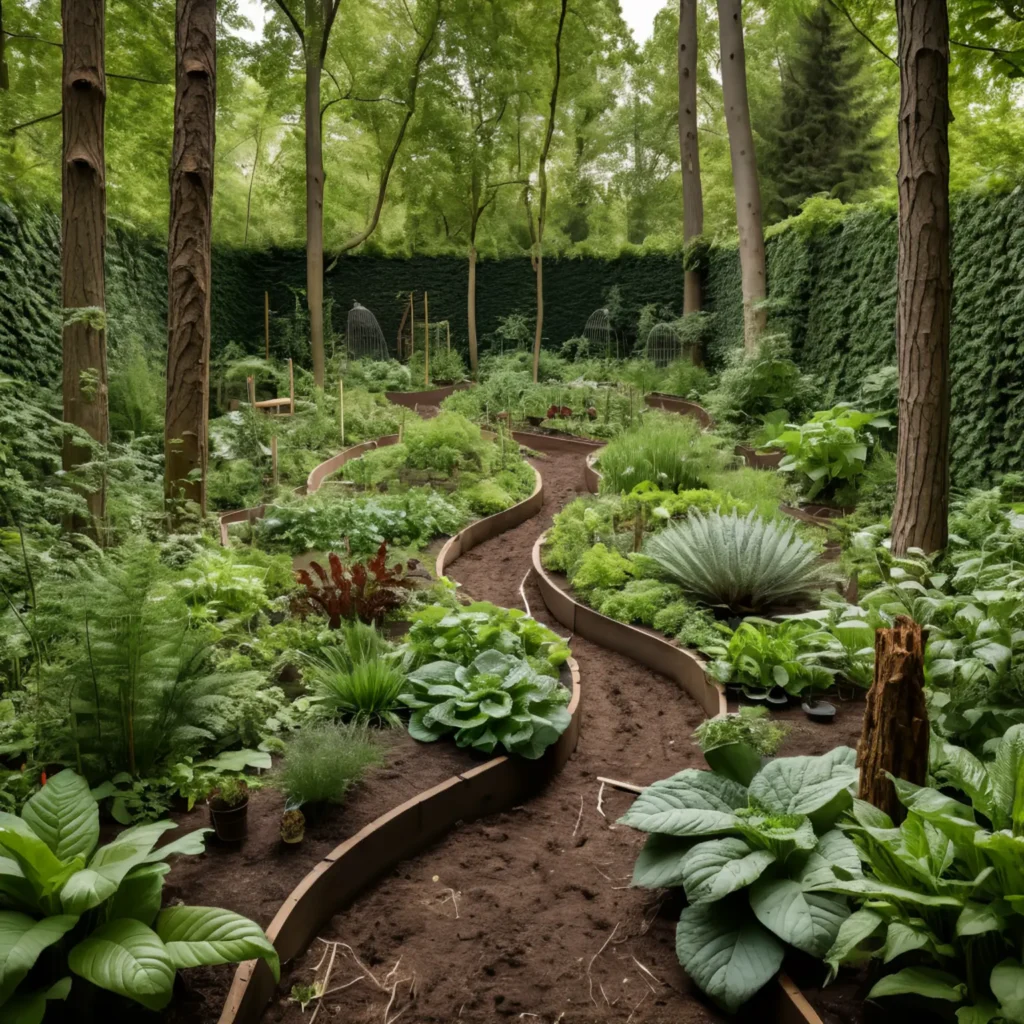
Key Elements of Sustainable Landscaping in Austin
When designing a sustainable landscape in Austin, there are a few key elements to consider to ensure the garden is both beautiful and eco-friendly:
Native Plants: Incorporating native species into your forest garden ensures that the plants are well-suited to the local climate, requiring less water and maintenance. Austin is home to a wide range of native trees, shrubs, and groundcovers that thrive in the area’s unique conditions.
Water-Efficient Practices: Austin’s semi-arid environment makes water conservation a priority. A forest garden’s design can help trap rainwater and reduce runoff, making use of rainfall rather than relying heavily on irrigation systems.
Soil Health: A sustainable landscape prioritizes soil health. Healthy soil supports strong root systems, improves water retention, and reduces the need for synthetic fertilizers. Using compost, mulch, and organic matter can help regenerate soil, promoting a thriving forest garden.
Wildlife Habitat: A forest garden attracts local wildlife by providing shelter, food, and nesting opportunities. By choosing plants that cater to local pollinators, birds, and insects, your garden can help sustain Austin’s ecosystems.
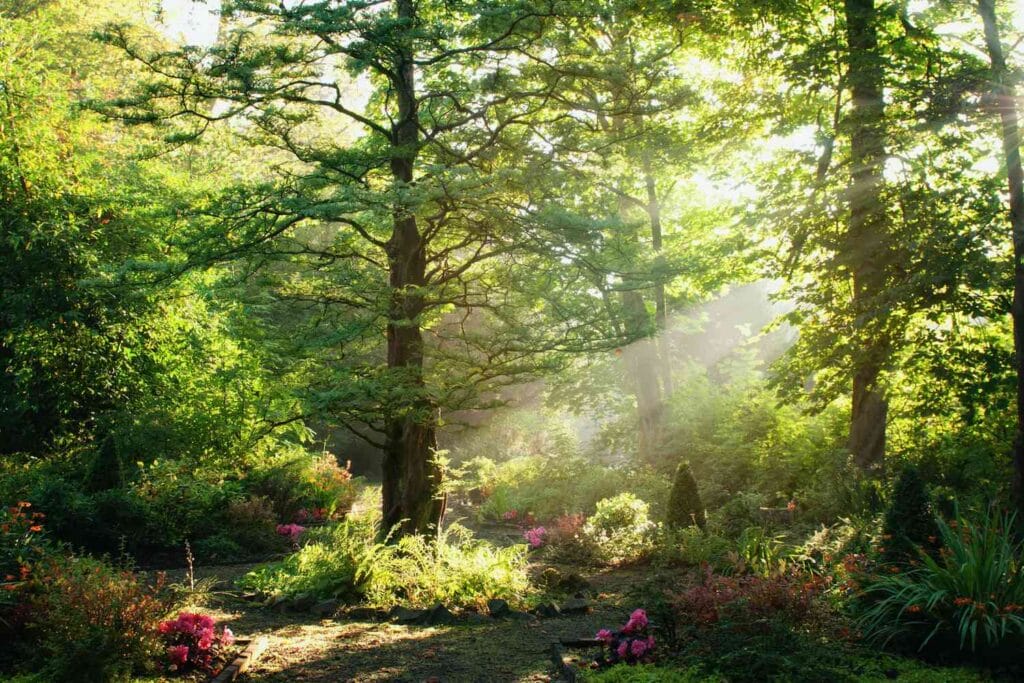
How to Start Your Own Forest Garden in Austin
Creating a forest garden in Austin doesn’t require a complete overhaul of your existing landscape. Whether you’re starting from scratch or transforming a section of your yard, here’s how to get started:
Assess Your Space: Determine the sunlight, soil type, and moisture levels in your garden. These factors will help you select the right plants for your forest garden.
Layer Your Plants: Choose plants for different layers—trees, shrubs, ground covers, and even climbing vines. Opt for native species like Texas red oak, Texas mountain laurel, and the hardy coral honeysuckle to create a balanced ecosystem.
Incorporate Mulch and Compost: Use organic materials like mulch and compost to improve soil quality and retain moisture. This is an essential part of an eco-friendly garden design that minimizes water usage.
Monitor and Maintain: While forest gardens are low-maintenance, they still require periodic attention. Keep an eye on plant growth, and ensure that invasive species don’t take over.
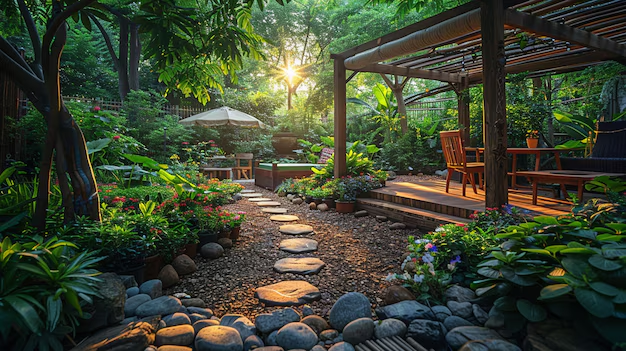
Conclusion
Austin’s growing interest in sustainable landscaping is paving the way for innovative, eco-friendly designs that are both beautiful and functional. Forest gardens offer a sustainable solution for homeowners looking to reduce their environmental footprint while creating a vibrant, biodiverse landscape. Whether you’re interested in conserving water, supporting local wildlife, or simply reducing lawn maintenance, embracing a forest garden is a step toward a more sustainable, eco-conscious future.
By choosing native plants, focusing on water conservation, and fostering biodiversity, your forest garden can become a thriving haven that reflects the natural beauty of Austin’s landscape while contributing to a healthier, more sustainable environment.
